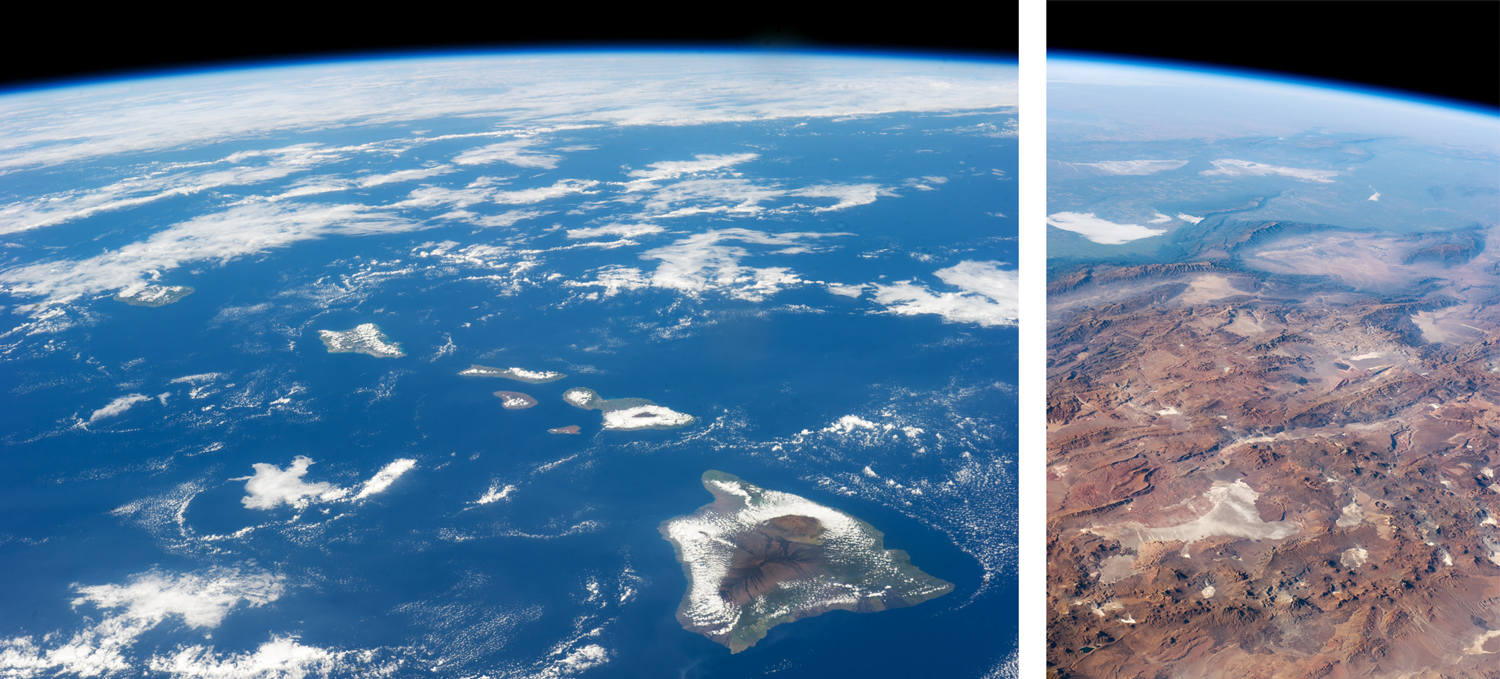

Weak reproductive barriers in trees are attributed in large part to the tremendous fecundity of trees. The evolution of prezygotic reproductive barriers between diverging populations of a tree species is expected to be slow, as evident in the hybridization frequently observed between closely related species (for example, Howard et al., 1997). 2008).įor dominant, continuously distributed tree species, significant differentiation at neutral genetic loci is expected only where reproductive isolating barriers have evolved between parapatric populations spanning environmental gradients or ecotones or where strong selection acts against migrants from foreign ecotypes ( Endler, 1977). Genetic differentiation is greater among populations of tropical trees relative to temperate tree species however, this trend disappears when wind-pollinated species and species influenced by strong biogeographic barriers are excluded ( Dick et al. Although rapid local adaptation is possible in tree populations experiencing novel environments even in the presence of gene flow ( Petit and Hampe, 2006), neutral genetic divergence, a measure of isolation of gene pools, is typically weak between populations of trees even over expansive scales ( Loveless and Hamrick, 1984 Petit and Hampe, 2006). The causes of divergence, and the spatial and temporal scales over which divergence occurs in trees, remain poorly understood.
#Radiation island hawaii drivers#
Although phylogenetic and phylogeographic studies of native Hawaiian taxa have shed light on the patterns and drivers of divergence in plants (for example, Silverswords ( Baldwin, 1997)), little insight has been gained for Hawaii’s canopy trees. The Hawaiian biota is a popular model for understanding evolution and speciation.

Hawaiian Metrosideros appears to be a case of incipient radiation in trees and thus should be useful for studies of divergence and the evolution of reproductive isolating barriers at the early stages of speciation. This study demonstrates that broad population-level sampling is required to uncover patterns of diversification within a ubiquitous and long-lived tree species. Greater genetic distance among the more common varieties on the oldest volcano and an inverse relationship between allelic diversity and substrate age appear consistent with colonization of Hawai’i Island by older, partially diverged varieties followed by increased hybridization among varieties on younger volcanoes. newellii appears to represent parallel incipient ecological speciation within Metrosideros. Along with comparable riparian forms on other Pacific Islands, var.

newellii, showed especially strong differentiation from other varieties despite occurring in sympatry with other varieties and likely evolved from a bog form on the oldest volcano, Kohala, within the past 500 000 years. The single island-endemic form, riparian var. For four varieties, principal coordinate analysis revealed strong clustering of populations by variety across the 10 430 km 2 island, indicating partitioning of the species into multiple evolutionarily significant units.
#Radiation island hawaii full#
We examined the landscape-dominant tree, Metrosideros polymorpha, for variation at nine microsatellite loci across 23 populations on young Hawai’i Island, sampling each of the island’s five varieties throughout its full geographic range. Although trees comprise a primary component of terrestrial species richness, the drivers and temporal scale of divergence in trees remain poorly understood.


 0 kommentar(er)
0 kommentar(er)
